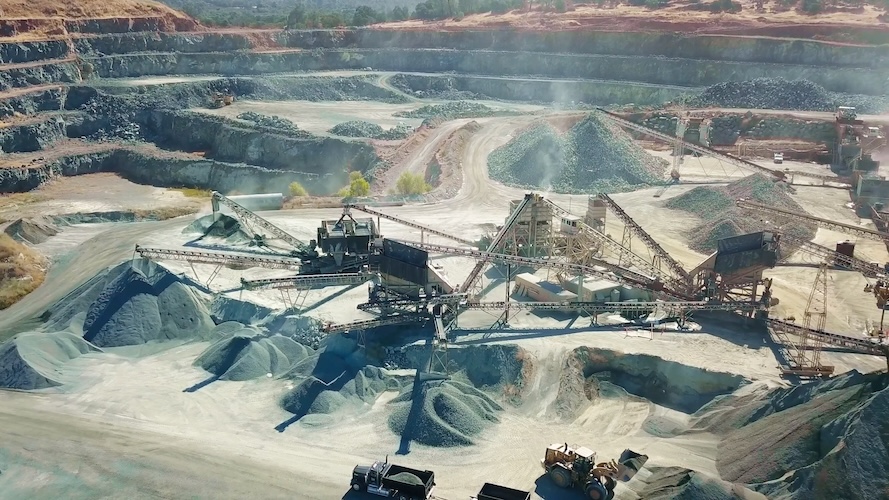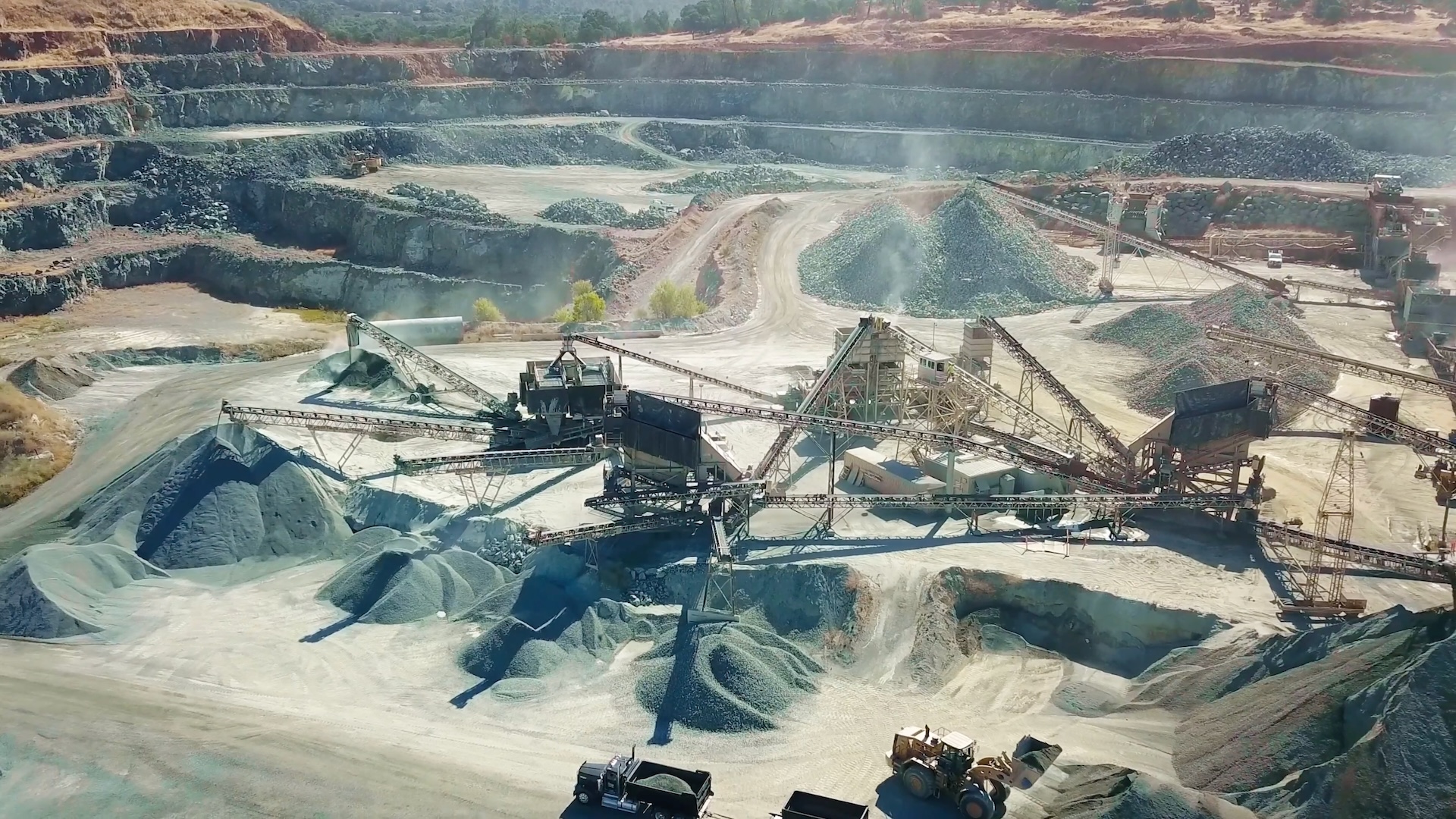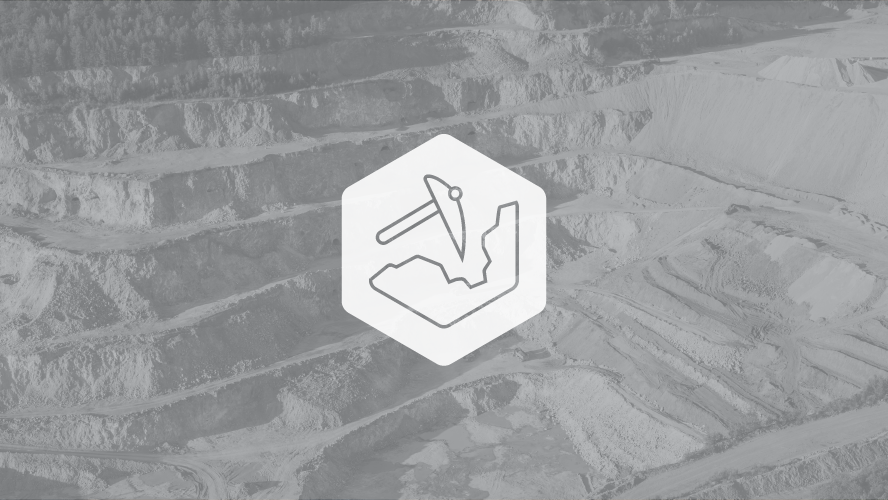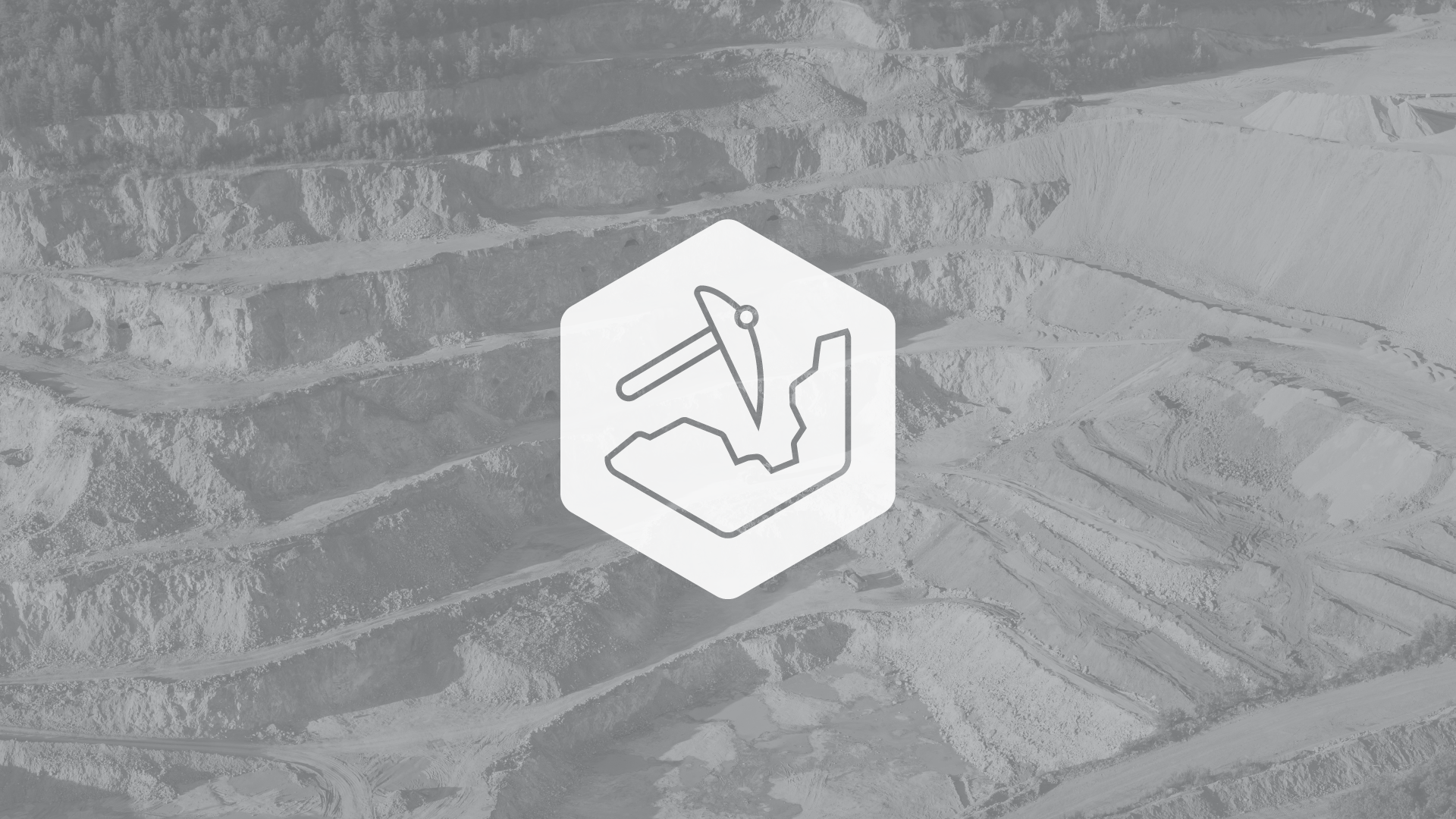Inductive Automation Blog
Connecting you to ideas, tips, updates and thought-leadership
from Inductive Automation
In an industry like construction or mining, when something goes wrong, even cleaning up the mess can require some heavy lifting. Having a SCADA solution that improves operator awareness and general safety (not to mention decision-making and sustainability) is the Industry 4.0 version of lifting with your legs, not your back.
George Reed — a Modesto-based company involved in asphalt production, mining, and general heavy civil construction — was looking to further automate the processes at its quarries with the help of Factory Technologies, Inc. (FTI), a systems integrator located in Northern California primarily focused on the food and beverage industry, but with a portfolio that includes other projects like mining and aggregates.
The companies have a history that stretches back over 20 years, a collaboration that predates FTI. “One of my mentors, Dave Hiti [Production Manager at FTI], actually worked with George Reed back in the mid-90s, automating one of their other facilities. He was building the relationship between himself and the George Reed company,” said Cory Mercer, Senior Controls Engineer at FTI.
In late 2019, FTI built on that working relationship by implementing a system made in Ignition — an industrial automation platform for SCADA, HMI, IIoT, and more — to modernize George Reed’s processes. Since then, George Reed has worked to make Ignition its go-to standard.
Initial Success
George Reed runs a material processing site at its shot rock quarries where it blasts and produces asphalt aggregates or other construction materials, harvesting rock out of the mountainside with explosives, then running the rock through a series of crushers and conveyors.
Originally, George Reed had no automation at all, with the entire facility controlled via push buttons from a console housed inside an enclosed room that offered no visibility of the actual process. The reason for initial Ignition implementation was to simply transfer control of the crushing circuit from push buttons to automation. For this, FTI leveraged Ignition's freshly released Perspective Module for native mobile-responsive visualization in what would be the first of FTI’s many Perspective projects.
The system’s overview screen represented a literal overview of the circuit’s conveyors, giving operators the ability to monitor and control all operations from the watchtower, 30 feet up. The Ignition system streamlined the process of starting and stopping every conveyor, replacing a complicated manual procedure with a single touchscreen button. The Ignition system runs through the startup sequence for the entire plant, with a similar, yet reversed, procedure for system shutdown, allowing each conveyor to run out individually.
Where design was concerned, FTI focused on the fundamentals, putting a premium on scalability and ease of use. The overview screen includes tabs for basic hand, off, auto, reset, feed conveyor bypass, and conveyor speed control. Operators can view the status of important indicators like return temperature and clamp pressure through a reporting screen.
Whereas previously managers needed to make a phone call to know whether or not the plants were running, now they can pull the information up on a mobile device and see real-time status of everything.
Building On A Foundation
After that initial success, FTI and George Reed decided to collaborate on two further Ignition implementations. The concept behind these new systems was to dive deeper into analytics, taking advantage of the new features that Inductive Automation has continually added to Perspective since its release.
“Now what we are looking to do is implement a data acquisition side of things and have a more robust operator-friendly platform so we could scale out across all processes that we do,” said Kenneth Cooper, Plant Engineer at George Reed.
The new system can aggregate data, generate reports and trends based on historized data, perform production planning, and display real-time status through a combination of Ignition’s Tag Historian, SQL Bridge, and Reporting modules.
Standardization Through Templatization
For these new projects, FTI learned from the previous implementation to lay a groundwork for scalability and take advantage of new quality-of-life features in Perspective.
Everything that FTI builds in Ignition focuses on templatization, embedded assets, and structured data groupings called User Defined Types (UDTs). From a developer standpoint, templates and UDTs have allowed FTI to build the new systems much more efficiently, creating reusable assets for all of George Reed’s individual facilities while maintaining the same look, feel, and sequence of operation from plant to plant.
George Reed’s goal was to have a system that was robust, but simple enough that it could set its own standards. “Every operator is going to be looking at a similar screen no matter where they're at. So when we train one operator to do a task in one location, it's not a completely new process training them at a different location,” said Cooper. “You can follow the flow of the material through the plant and follow the logic.”
Safety First
Another goal of the new implementation was to simplify the operation, making it easier, and safer, for less-experienced operators to run the system. The pre-Ignition system required operators to press a specific sequence of buttons when a problem occurred, forcing them to quickly react and run down several flights of stairs to the control panel.
In contrast, the Ignition system has made this process much safer and far less laborious. Ignition captures and handles the logic of halting production, allowing operators to view the alarm and quickly ascertain the cause of the fault. “What Ignition has helped us do is catch those events before the operator even knows that event has happened. Mostly now the operator knows that there's a problem because his feeds have stopped,” said Cooper.
Not only has the Ignition system reduced downtime, it is also a literal weight off operators’ backs. George Reed’s plants process hundreds of tons of material per hour; a spillage or overflow at a transfer point could create some very large spills. As Cooper puts it, “You end up shoveling a whole lot of product because of that.”
George Reed is also leveraging Ignition to help tighten preventative maintenance windows, which is especially critical because the rock wears down the steel in the conveyors and crushers over time. “It's actual data that we have that we're collecting that we're able to prove out, day in and day out. So I'm collecting things like tonnages, hours ran, stuff like that to kind of trigger internal mechanisms to make sure that PMs are being done,” said Cooper.
Data-Driven Decisions
The new Ignition system has improved efficiency, delivered better insights and analytics, and resulted in an all-around better operation for George Reed. All of this is due to Ignition’s data-collection capabilities, which have allowed George Reed to replace an “old-school way of doing things” with data-driven decision-making.
With this new level of data accessibility, FTI is making sure to set George Reed up for success. “[FTI] has been historicizing data since its implementation, things like motor amps, motor runtime, fault history, things of that nature, with the intent that as [George Reed] decide[s] to come up with reports that seem relevant to them, we will already have the data setup ready for them,” said Mercer.
“When we have large projects coming up, we can look at actual performance of the plant, actual capacities, capabilities, and we can schedule and plan our production accordingly to make sure that we can not only meet the goals of some one-off projects, but still maintain the current customers and product inventories that we have from a day to day,” said Cooper.
Crushing It
While the projects themselves are not overly complex, the benefits for George Reed are massive. Leveraging the data collected in Ignition, George Reed can continue to yield more efficient results, increasing overall sustainability, with metrics to back it up.
The Ignition system has also made it easier than ever to train new operators, taking the process from a week at minimum to a matter of hours. “The operators really like the system,” said Mercer. “So far, the operators that have had exposure to other SCADA systems say that they like what we've implemented with Ignition significantly more than what they had seen in the past.”
The great partnership between FTI and George Reed, combined with Ignition’s unlimited licensing model, means that there are plenty of new projects in the future, including plans to expand the amount of sites running on Ignition.
No matter what comes next, FTI is confident Ignition can handle the task. “Ignition is such a flexible software, it's really applicable to every industry. As a systems integrator, I feel confident that I could pitch Ignition as a SCADA of choice for any industry I walk into, and it would do the job and excel at that job,” said Mercer.


Project Scope
- Tags: 5,700
- Screens: 26
- Clients: 2 (Vancouver, Canada and Freiburg, Germany)
- Alarms: 0
- Devices used: 0
- Architectures used: Standard, deployed on MS Azure cloud VMs
- Databases used: 1 Microsoft Azure SQL Server
- Historical data logged: 225 tags
Project Overview
ANDRITZ used Ignition to create a platform for training an artificial intelligence (AI) controller to run an industrial plant. The company built a software application in Ignition that integrates process simulation software and machine learning components.
ANDRITZ built a prototype as an internal development project using its own funds. The company then entered and won the 2019 GoldCorp #DisruptMining competition, a contest that focuses on digital transformation of the mining industry to optimize profitability and competitiveness. The prize is a 1-million-dollar (Canadian) project to execute a pilot at one of GoldCorp’s sites.
Problem
ANDRITZ developed a concept of using its proprietary process simulation software, IDEAS, to be the training ground for machine learning algorithms that, once trained, would be used for automatic plant control. ANDRITZ needed to build software that could control its IDEAS software and pass data back and forth between the virtual plant and the AI. Eventually, this same software would need to pass data back and forth with the running plant, using industrial communication protocols.
The new software also needed to function as an administration interface for training the AI. This new software needed to allow a user to set up training scenarios, like a particular plant malfunction that the AI should learn. The software would then manage the training, recording results to history and reporting on the outcome.
This was a research and development project for ANDRITZ, so it needed a platform that would allow it to create a robust prototype quickly with minimal cost or time spent creating the fundamental building blocks.
Solution
ANDRITZ took advantage of a wide range of Ignition capabilities in building this solution. Communication between the IDEAS model or the real plant and the AI engine was a classic IT/OT bridge, with OPC on one side and scripted HTTP calls on the other. Scenario configuration is a very standard database application using a SQL connection for the database backend and Vision clients to build the front end. Monitoring training performance uses Vision, Historian, and Reporting functions.
Dispatch of the training scenarios themselves is accomplished using sequential function charts and a significant amount of Python code.
The whole AI training environment was deployed on Microsoft Azure Europe cloud virtual machines, using an Azure SQL Server for database functions. There were separate VMs for the Ignition Gateway, PSIORI AI engine, and 5 IDEAS process models. During the AI training process, users in Germany and Canada simultaneously connected Vision clients to the Ignition cloud gateway.
This solution is, as far as ANDRITZ knows, the first application of reinforcement learning to control continuous industrial processes. This AI uses the same principles as well-publicized successes like AlphaGo. It is particularly applicable to sequential decision problems where an agent must take multiple discrete actions in sequence in order to achieve some future target state. That strength makes it applicable to a wide variety of control tasks that otherwise could only be controlled manually, like plant startup or upset recovery where the operator must start several motors or swing valves in a particular order that is defined by present plant conditions. The AI has also demonstrated itself suitable for continuous optimization problems where a plant might otherwise use model-predictive control or expert systems.
Result
The media exposure from winning the contest has been very significant for ANDRITZ. The #DisruptMining contest has a high profile in the mining industry, so ANDRITZ has been interviewed on TV, radio, and for several magazines. The award for ANDRITZ was the cover story for an issue of Canadian Mining & Energy magazine. The win has given ANDRITZ credibility in the sales phase with other potential customers both inside and outside the mining industry. Following this win, sales interest in this technology has been tremendous.
The process of prototyping and executing with Ignition as a platform demonstrated Ignition’s capabilities beyond being simple SCADA software. It is software to build software. Ignition enabled ANDRITZ to build a complex application at a small fraction of the cost of using any other method.
<p><strong>Website:</strong> <a href="https://www.andritz.com/group-en" target="_blank">www.andritz.com</a>

